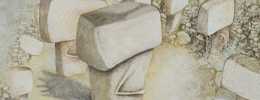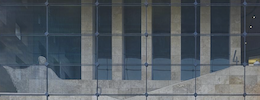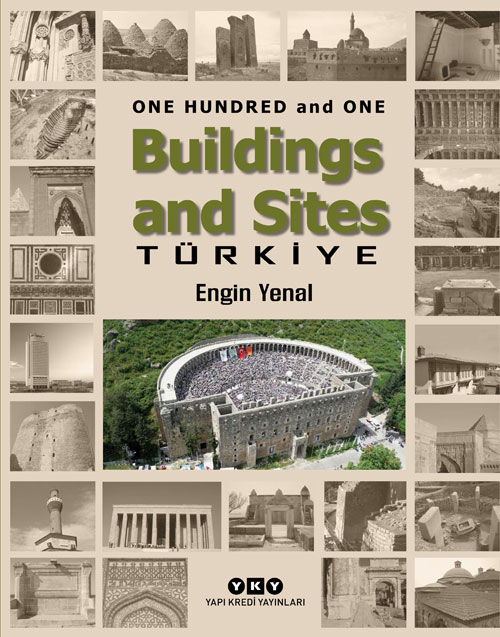
- A-Z
- KONU DİZİNİ
- Cogito
- Çizgi Roman
- Delta
- Doğan Kardeş
- Açılır Kapanır Kapaklı Kitap
- Ansiklopedi
- Bilim
- Çocuk Çizgi Roman
- Deneme
- Destan
- Dünya Klasikleri
- Efsane
- Eğitim
- Etkinlik
- Gençlik
- Gezi
- Hikâye-Öykü
- İlkgençlik
- Klasik Dünya Masalları
- Kuklalı Sesli Kitap
- Masal
- Mitoloji
- Modern Dünya Klasikleri
- Okul Çağı
- Okul Öncesi
- Oyun
- Resimli Öykü
- Resimli Roman
- Resimli ve Sesli
- Roman
- Romandan Seçmeler
- Röportaj
- Seçme Denemeler
- Seçme Öyküler
- Seçme Parçalar
- Seçme Röportajlar
- Seçme Şiirler
- Seçme Yazılar
- Şiir
- Edebiyat
- Anı
- Anlatı
- Biyografi
- Deneme
- Derleme
- Eleştiri
- Gezi
- Günce
- İnceleme
- Libretto
- Mektup
- Mitoloji
- Modern Klasikler
- Otobiyografi
- Oyun
- Öykü
- Polisiye-Gerilim
- Roman
- Senaryo
- Söyleşi
- Yaşantı
- Yazılar
- Genel Kültür
- Halk Edebiyatı
- Masal
- Kâzım Taşkent Klasik Yapıtlar
- Koleksiyon Kitapları
- Lezzet Kitapları
- Özel Dizi
- Sanat
- Kare Sanat
- Sergi Kitapları
- Şiir
- Türk Şiir
- Tarih
- XXI. Yüzyıl Kitapları
- Sosyoloji - Sağlık
- TEKRAR BASIMLAR
- YENİ ÇIKANLAR
- ÇOK SATANLAR
One Hundred And One Buildings And Sites - TÜRKİYE
-
Kategori:
Özel Dizi -
Çeviren:
Feyza Howell -
Hazırlayan:
Engin Yenal -
ISBN:
978-975-08-3522-3 -
Sayfa Sayısı:
504 -
Ölçü:
22.5 x 28.5 cm -
YKY'de İlk Baskı Tarihi:
Ocak 2016
This treatise on the built environment and consequentially man-made structures in Anatolia starts from Prehistory and focuses on the dimensions of space and time in particular. Contemporary approaches to cultural historiography not only aim to highlight the continuity of the dimensions of Space and Time but also to effectively examine and explain the pursuit of the ‘environmental-formal-institutional-semiotic and evolutionary.’
This comparative study covers historic periods and epochs in Anatolia, the major determinant space, whose history is now proven by archaeological findings to start around 500,000 BC.
The built environment in Anatolia has a history of nearly twelve thousand years; the contextual consistency methodology followed here exerts buildings to examine the continuous stages of this cultural history in detail.
Limiting the extent to 101 buildings has facilitated focusing on the comparison of their functional and formal features in a historical context; these landmarks only become iconic and gain meaning in a mutual relationship with their immediate environment. This book is a compulsive experimental attempt in contemporary cultural historiography with the classifications and chronological order that have enabled the comparisonof functional and stylistic evolution.


























